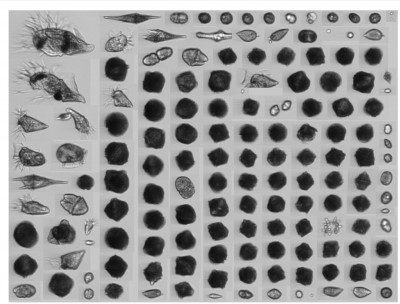The Southern California Coastal Ocean Observing System (SCCOOS) is among 11 U.S. ocean observing systems awarded renewed funding from NOAA’s U.S. Integrated Ocean Observing System (IOOS). SCCOOS is managed by researchers based at Scripps Institution of Oceanography at UC San Diego and will jointly receive over $7 million with the Central and Northern California Ocean Observing System (CeNCOOS). These two collaborative entities comprise the greater California Ocean Observing System.
The funding is part of new five-year cooperative agreements from IOOS, which will distribute $41 million to nationwide ocean and Great Lakes observing systems to support the continued growth, expansion, and modernization of observing capabilities.
With the funding, the California Ocean Observing Systems will maintain and grow its four focus areas: predicting climate variability and change; safe and efficient transportation and commerce; preparedness and risk reduction for coastal communities; and healthy ecosystems, fisheries, and water quality.
The California Ocean Observing Systems were established in 2004 to provide near real-time oceanographic observations and ocean model products to diverse regional communities in California, supporting decision-making relating to events such as extreme weather, harmful algal blooms, ocean acidification, and oxygen depletion in the ocean. SCCOOS uses an array of in situ and remote sensing technologies to measure physical, chemical, biological, and geological properties along the coast. Several are deployed at automated sampling stations at four piers in Southern California – including Ellen Browning Scripps Memorial Pier – that capture plankton communities in order to monitor for harmful algal blooms and potential red tides.

“In the next five years, CeNCOOS and SCCOOS aim to integrate several advanced observing technologies to fill critical gaps in biological and ecosystem observing and continue critical long-term, high-quality real-time water quality measurements,” said Clarissa Anderson, executive director of SCCOOS. “This includes funding to support a world-leading network of robotic microscopes called Imaging FlowCytobots installed at piers and offshore moorings throughout California to continuously monitor planktonic organisms and provide an early warning of harmful algal blooms.”
Ocean observing data and products collected and developed by SCCOOS and CeNCOOS are being integrated into a state-wide data portal to better support readiness and resilience to climate change and coastal hazards by providing managers and stakeholders with streamlined access to state-of-the-art data, tools, training, and expertise. Funding from this cooperative agreement will help support the launch of this data portal and efforts to understand and forecast changes in ocean and climate, prepare for and respond to coastal disasters, and balance the needs of resource use, economic development, and environmental stewardship.
The funds are awarded through a competitive process that includes funds from the U.S. IOOS program along with NOAA’s National Ocean Service, Office of Oceanic and Atmospheric Research, National Weather Service, NOAA Fisheries, Office of Marine and Aviation Operations; the U.S. Geological Survey; and the Environmental Protection Agency.
-This release was adapted from SCCOOS and CeNCOOS
About Scripps Oceanography
Scripps Institution of Oceanography at the University of California San Diego is one of the world’s most important centers for global earth science research and education. In its second century of discovery, Scripps scientists work to understand and protect the planet, and investigate our oceans, Earth, and atmosphere to find solutions to our greatest environmental challenges. Scripps offers unparalleled education and training for the next generation of scientific and environmental leaders through its undergraduate, master’s and doctoral programs. The institution also operates a fleet of four oceanographic research vessels, and is home to Birch Aquarium at Scripps, the public exploration center that welcomes 500,000 visitors each year.